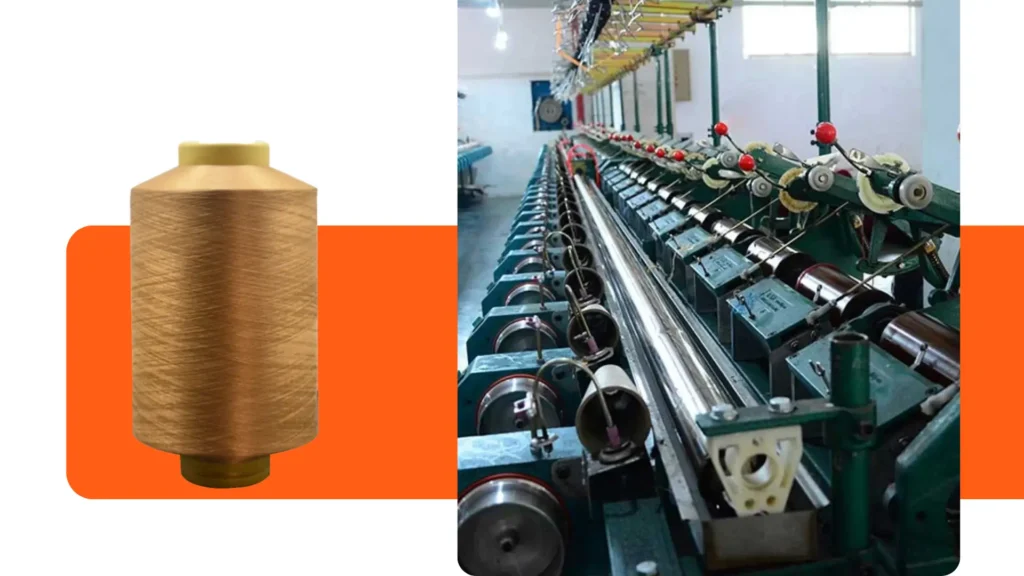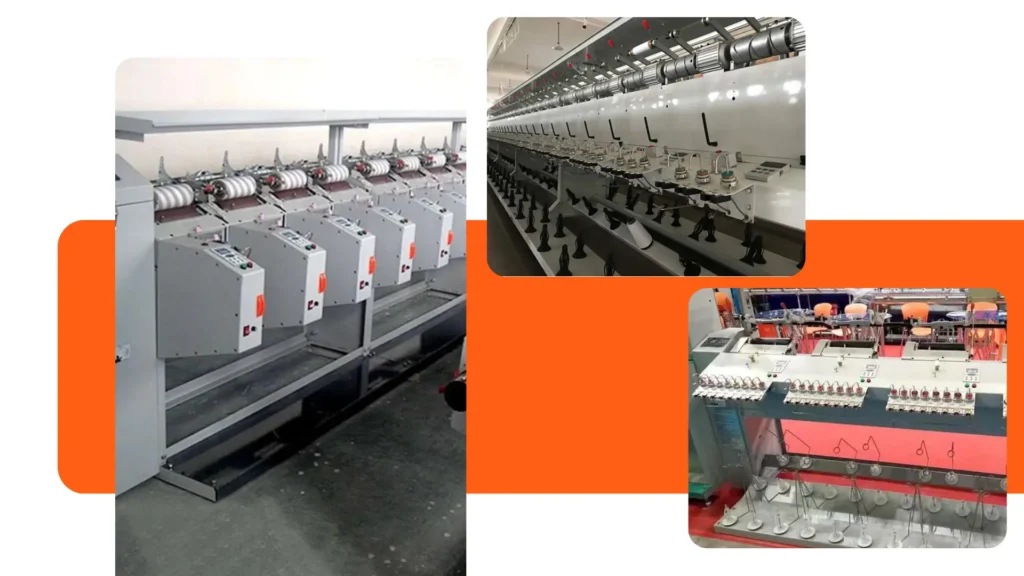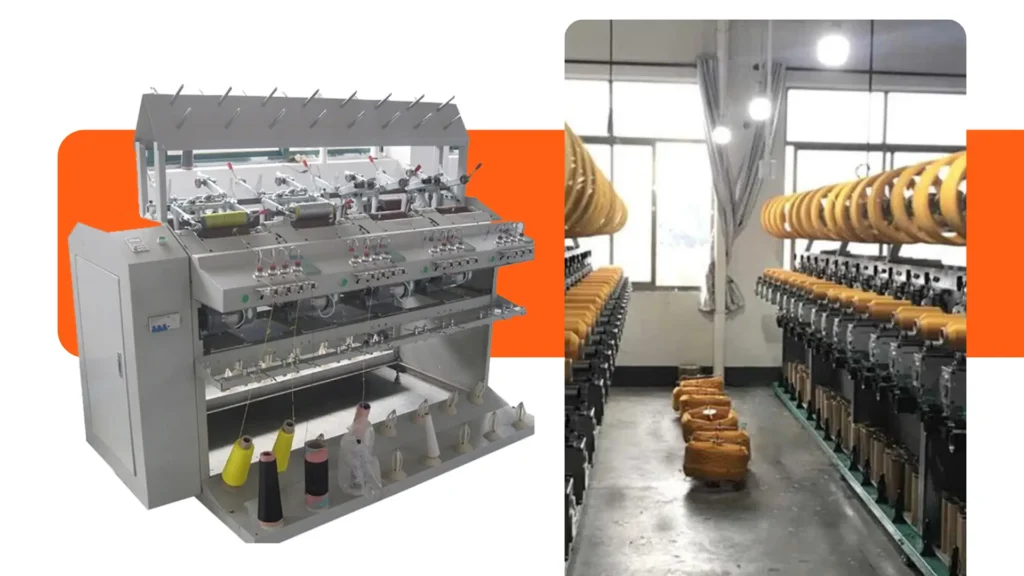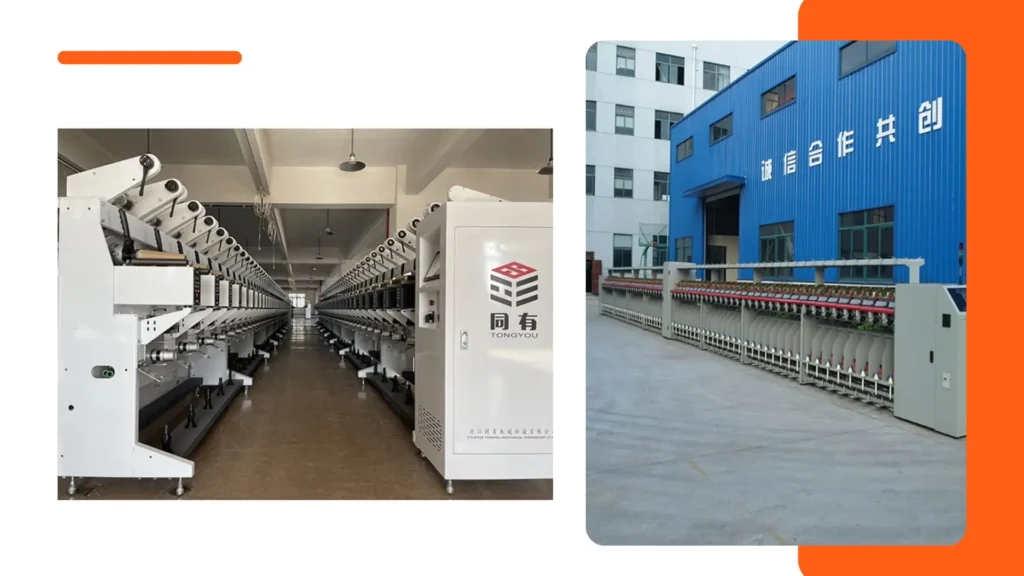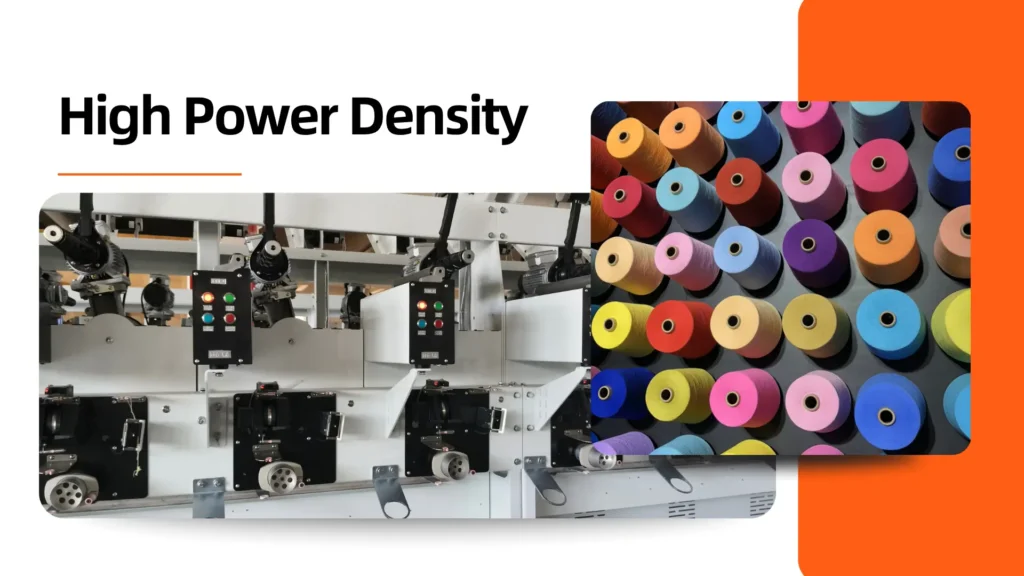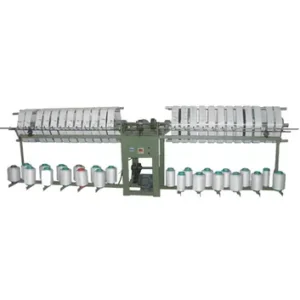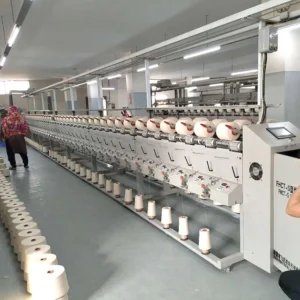In an era where environmental consciousness is at an all – time high, the textile industry, known for its significant environmental impact, is under increasing pressure to adopt sustainable practices.
Dyeing, a crucial process in textile manufacturing, plays a major role in this transformation.
Sustainable dyeing practices offer a solution to reduce the industry’s ecological footprint while still meeting the demand for colorful and high – quality textiles.
This article aims to introduce potential buyers to the world of sustainable dyeing, explaining why it matters, how it works, and the benefits it brings in a simple and accessible way.
Why Are Sustainable Dyeing Practices Necessary?
Reducing Water Pollution
Traditional dyeing processes consume vast amounts of water and often release harmful chemicals and dyes into water sources.
Sustainable dyeing focuses on minimizing water usage and treating wastewater effectively.
By using closed – loop systems that recycle and purify water, and choosing dyes that are less toxic, the amount of pollution entering rivers, lakes, and oceans is significantly reduced.
This helps protect aquatic life and preserves clean water resources for communities.
Minimizing Chemical Usage
Many conventional dyes contain hazardous chemicals such as heavy metals and synthetic additives that can be harmful to human health and the environment.
Sustainable dyeing promotes the use of natural or low – impact dyes.
These dyes are derived from plants, insects, or minerals, or are formulated to be biodegradable and non – toxic.
Reducing chemical usage not only safeguards the health of workers in the dyeing industry but also lessens the long – term environmental consequences of textile production.
Combating Climate Change
The textile industry is a significant contributor to greenhouse gas emissions. Sustainable dyeing practices aim to lower the carbon footprint of the dyeing process.
This can be achieved through energy – efficient equipment, the use of renewable energy sources, and processes that require less energy overall.
By reducing emissions, the industry can play its part in combating climate change and moving towards a more sustainable future.
What Are Natural Dyes and How Do They Contribute?
Sources of Natural Dyes
Natural dyes come from a variety of sources. Plants are the most common, with different parts such as leaves, roots, bark, and flowers used to extract color.
For example, indigo is derived from the indigofera plant and has been used for centuries to create blue dyes.
Insects like the cochineal, which produces a vibrant red color, and minerals such as iron oxide for earthy tones, are also sources of natural dyes.
These natural sources provide a wide spectrum of colors without the use of synthetic chemicals.
Advantages of Natural Dyes
Natural dyes offer several advantages. They are biodegradable, meaning they break down naturally in the environment without leaving harmful residues.
They also often have unique color variations, giving textiles a distinct and artisanal look.
Additionally, the use of natural dyes can support local agriculture and traditional dyeing practices, promoting cultural heritage and rural economies.
Challenges and Solutions in Using Natural Dyes
While natural dyes have many benefits, they also present challenges. Their colorfastness, or ability to resist fading, can be lower compared to synthetic dyes.
However, modern techniques such as mordanting, which involves treating the fabric with substances like alum to improve color retention, have been developed.
Also, research is ongoing to find new natural dye sources and improve extraction methods to make natural dyeing more practical and efficient for large – scale textile production.
How Do Low – Impact Dyes Differ from Conventional Ones?
Chemical Composition
Low – impact dyes are formulated with a focus on reducing environmental and health risks.
They contain fewer harmful chemicals, such as azo compounds, which can break down into carcinogenic substances.
Instead, they use more benign chemical structures that are less likely to cause harm to the environment or human health during production, use, and disposal.
Environmental Performance
In terms of environmental performance, low – impact dyes are designed to have a smaller ecological footprint.
They require less water for dyeing and washing, and the wastewater generated contains fewer pollutants.
They are also more likely to be biodegradable, reducing the long – term impact on soil and water ecosystems. This makes them a more sustainable alternative to traditional dyes.
Certification and Standards
To ensure the credibility of low – impact dyes, there are certification systems and standards in place.
Certifications like the Oeko – Tex Standard 100 and the Global Organic Textile Standard (GOTS) set strict criteria for dye manufacturers.
These standards cover aspects such as chemical content, wastewater treatment, and environmental management, providing assurance to buyers that the dyes meet sustainable and safe production requirements.
What Role Does Water Management Play in Sustainable Dyeing?
Water Conservation Techniques
Water conservation is a key aspect of sustainable dyeing.
Techniques such as using high – efficiency dyeing machines that require less water per unit of fabric, and implementing batch – wise dyeing instead of continuous flow, can significantly reduce water consumption.
Water – saving devices like low – flow nozzles and water – recycling loops are increasingly being adopted in dyeing facilities.
Wastewater Treatment
After dyeing, the wastewater contains dyes, chemicals, and other contaminants. Sustainable dyeing facilities invest in advanced wastewater treatment systems.
These systems can remove pollutants through processes like filtration, sedimentation, and biological treatment.
Some facilities even go a step further by treating the wastewater to a level where it can be reused in the dyeing process, closing the water loop and minimizing the need for fresh water intake.
Closed – Loop Systems
Closed – loop systems are the gold standard in water management for sustainable dyeing.
In these systems, water used in the dyeing process is continuously recycled and purified.
The treated water is then reused, reducing water consumption to a minimum.
Closed – loop systems not only save water but also reduce the environmental impact of wastewater discharge, making them an essential part of sustainable dyeing operations.
How Can Energy Efficiency Be Achieved in Dyeing?
Energy – Efficient Equipment
Upgrading to energy – efficient equipment is one of the main ways to improve energy efficiency in dyeing.
Modern dyeing machines are designed to use less energy for heating, stirring, and other operations.
Heat – recovery systems can capture and reuse the heat generated during the dyeing process, reducing the need for additional energy input.
Energy – efficient motors and pumps also contribute to overall energy savings.
Renewable Energy Sources
Another approach is to use renewable energy sources to power dyeing facilities.
Solar panels, wind turbines, and biomass – based energy systems can provide clean and sustainable energy.
Relying on these sources instead of fossil fuels, dyeing operations can significantly reduce their carbon emissions and contribute to a greener energy future.
Process Optimization
Optimizing the dyeing process itself can also lead to energy savings. This includes adjusting dyeing temperatures, times, and chemical concentrations to achieve the best results with the least amount of energy.
Carefully analyzing and fine – tuning the process parameters, dyeing facilities can operate more efficiently, saving both energy and resources.
What Are the Benefits of Sustainable Dyeing for Textile Brands?
Meeting Consumer Demand
Today’s consumers are more environmentally conscious than ever. They are increasingly looking for textiles that are produced sustainably.
Adopting sustainable dyeing practices, textile brands can meet this growing demand.
Brands that promote their use of sustainable dyes can attract environmentally – minded consumers, enhancing their brand image and loyalty.
Competitive Advantage
In a crowded market, sustainable dyeing can give textile brands a competitive edge. It allows them to differentiate their products from competitors who rely on traditional, less – sustainable dyeing methods.
Brands can highlight their sustainable practices in marketing, making their products more appealing to a wider range of customers and potentially commanding higher prices.
Long – Term Cost Savings
Although there may be an initial investment in sustainable dyeing technologies and practices, there are long – term cost savings.
Reducing water and energy consumption, as well as minimizing the use of expensive chemicals, can lower operational costs over time.
Avoiding potential fines for environmental violations and reducing the risk of supply chain disruptions due to environmental regulations further contribute to cost savings and business stability.
How Does Sustainable Dyeing Impact the Textile Supply Chain?
Supplier Collaboration
Sustainable dyeing requires collaboration throughout the textile supply chain.
Brands need to work closely with their dye suppliers, fabric manufacturers, and other partners to ensure that sustainable practices are adopted at every stage.
This collaboration can lead to the development of more sustainable materials and processes, as well as shared knowledge and resources for continuous improvement.
Transparency and Traceability
To build trust with consumers, transparency and traceability in the supply chain are essential.
Brands that practice sustainable dyeing can implement systems to track the origin of dyes, the dyeing process, and the environmental impact at each step.
This information can be communicated to consumers, demonstrating the brand’s commitment to sustainability and allowing consumers to make more informed purchasing decisions.
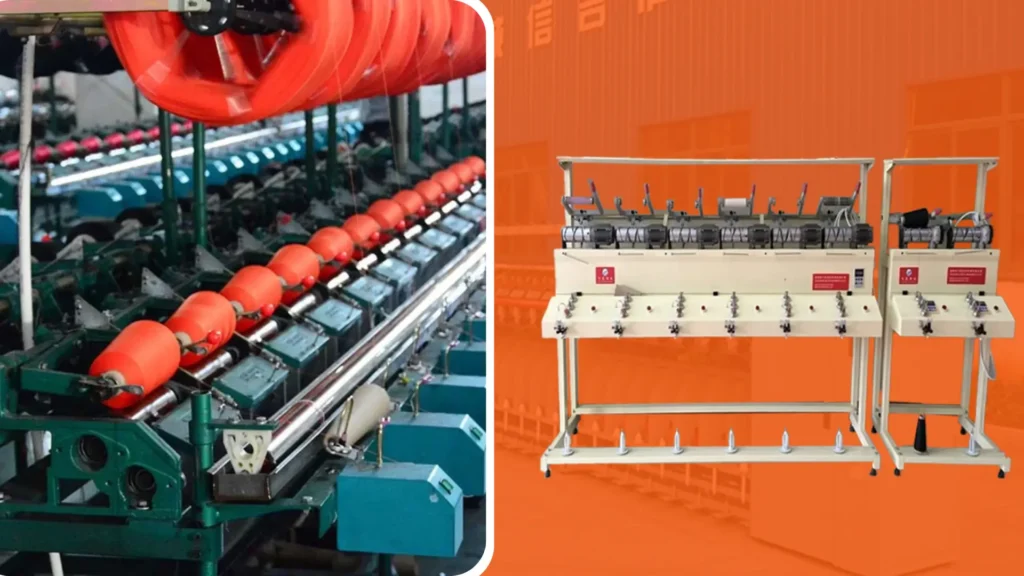
Industry – Wide Change
As more brands adopt sustainable dyeing practices, it can drive industry – wide change.
This can lead to the development of new standards, technologies, and best practices.
It also encourages suppliers to invest in sustainable solutions, creating a positive cycle of innovation and improvement in the textile industry’s approach to sustainability.
And More:
- Innovative Eco-Dyeing Methods for Sustainable Fashion
- Progress in Environmentally Conscious Dyeing Techniques for Textile Production
- Minimizing Chemical Waste in Textile Dyeing
Conclusion
Sustainable practices in dyeing offer a viable path to greener textiles.
From reducing water pollution and minimizing chemical usage to achieving energy efficiency and providing benefits for brands and the supply chain, these practices are essential for the textile industry’s transition towards sustainability.
By understanding and embracing sustainable dyeing, potential buyers can contribute to a more environmentally friendly future while still enjoying high – quality, colorful textiles.
Whether you’re a textile brand looking to enhance your sustainability efforts or a consumer interested in making eco – friendly choices, sustainable dyeing is a crucial aspect to consider in the world of textiles.

